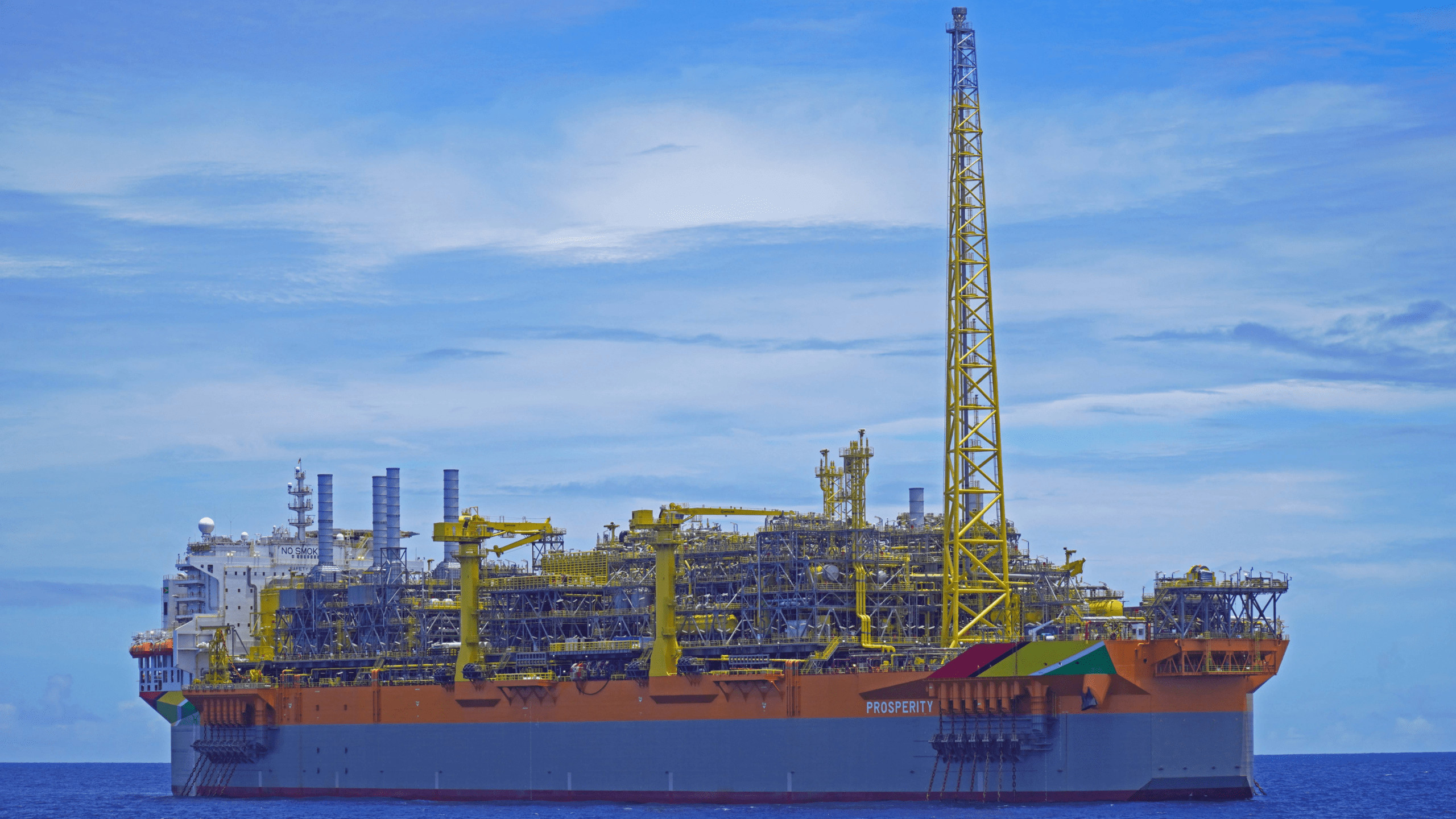Dozens of new upstream oil and gas projects could be delayed if Trump-era tariffs are reintroduced, according to energy consultants Wood Mackenzie (WoodMac). The firm’s global project tracker shows 28 developments targeting Final Investment Decisions (FIDs) in 2025, and 35 more in 2026.
Although these projects have a low average breakeven price of US$42 per barrel, uncertainty linked to tariffs, capital preservation efforts, and market volatility may stall their approval. Simon Flowers, Chairman and Chief Analyst at Wood Mackenzie, said this pause in investment “risks exacerbating underinvestment in new supply that will be needed at the turn of the decade.”
Tariffs would not only affect trade but also dampen global economic growth, indirectly lowering oil and gas demand. Wood Mackenzie’s analysis estimates that oil demand in 2026 could fall by one million barrels per day, pulling Brent crude prices down by US$7 to an average of US$64 per barrel.
Guyana to engage U.S. partners on tariffs as gold, oil exports remain exempt | OilNOW
WoodMac said that liquified natural gas (LNG) markets would also face pressure, though upcoming U.S. LNG projects and lower oil prices may keep Henry Hub prices relatively stable. Some buyers in Europe and Asia may even turn to U.S. LNG to offset tariff impacts, creating a rare upside for certain exporters. Despite the outlook, most oil and gas companies are better equipped than they were during previous downturns. Years of disciplined spending and strong cash flow have improved financial resilience. Flowers noted that “the average Brent breakeven price across our peer group is US$62 per barrel after dividends.”
Wood Mackenzie’s Corporate Resilience and Sustainability Index (CoRSI) reflects this progress, showing a sector at a cyclical high in terms of resilience. Integrated Majors and national oil companies are generally better prepared to weather a price shock. Smaller upstream firms, especially those with heavy capital spending and weaker balance sheets, remain more vulnerable.
Companies are expected to respond swiftly if prices drop. WoodMac said share buy-backs would likely be the first to go. Capital expenditure, already under pressure, could be reduced further, especially since the seven largest major oil companies have already cut their 2025 budgets by an average of 9%.
Many companies are also likely to accelerate cost-cutting plans. Flowers said a downturn could be used as “an opportunity to fast-track aggressive savings.”
Guyana and global oil exports marked safe as US market tariffs hit other industries | OilNOW
Dividends may be preserved temporarily with the help of stronger balance sheets, but few firms could sustain payouts if Brent falls below US$50.
WoodMac said mergers and acquisitions could be limited in the short term as volatility increases the gap between what buyers are willing to pay and what sellers demand. However, large players with stronger equity positions may still pursue strategic deals to extend production timelines and secure future supply.
“Upstream longevity is the big driver behind consolidation,” Flowers explained, pointing to U.S. Majors, EuroMajors, and NOCs as likely movers if the downturn deepens.



